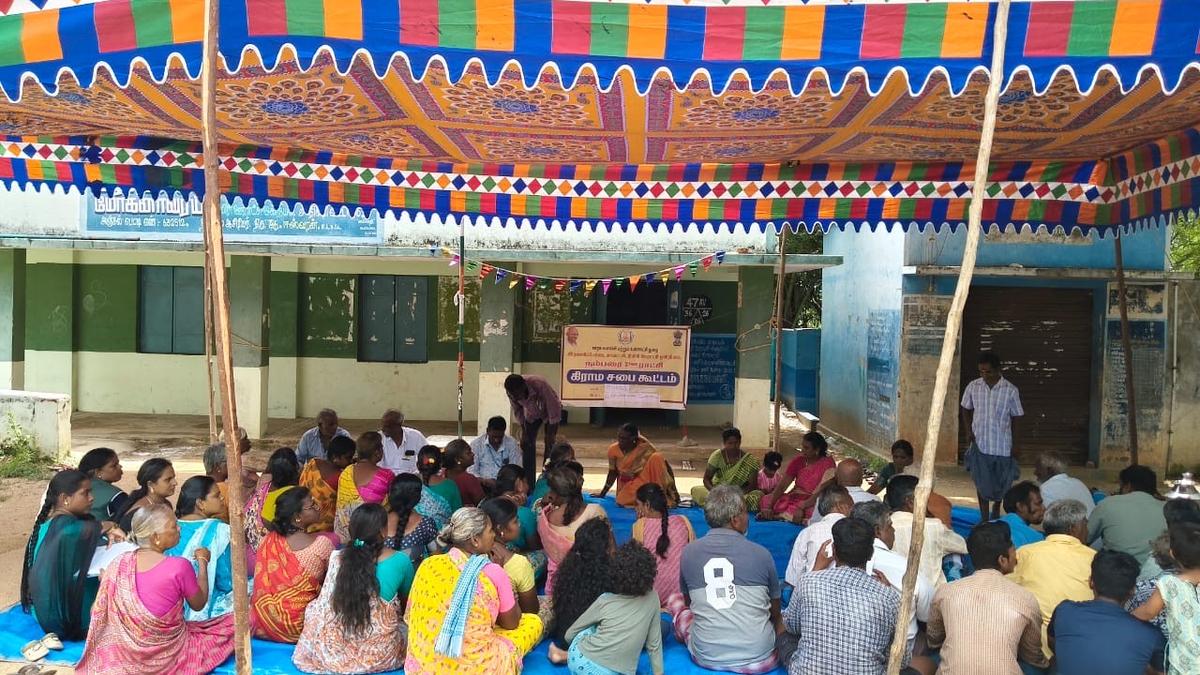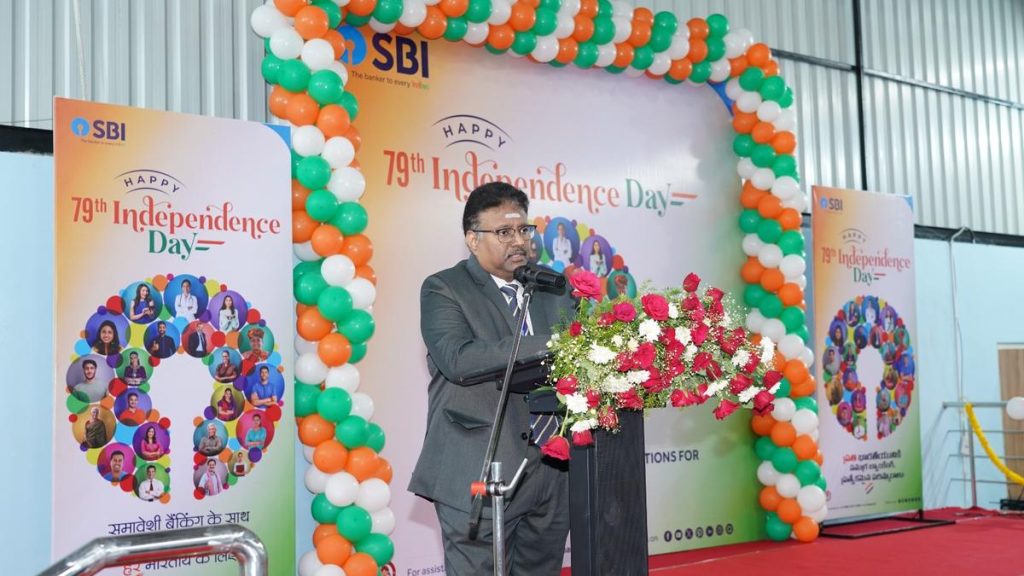Now Reading: Ranipet Residents Oppose Stone Quarry in Gram Sabha Resolution
-
01
Ranipet Residents Oppose Stone Quarry in Gram Sabha Resolution
Ranipet Residents Oppose Stone Quarry in Gram Sabha Resolution

Fast Summary:
- Residents of Nambarai village and nearby hamlets,including farmers,traders,and women,unanimously passed a resolution at a gram sabha meeting near Arcot town in Ranipet against the establishment of a proposed stone quarry.
- The gram sabha meeting coincided with the 79th Independence Day celebrations on Friday.
- A current stone quarry operating in the area has expanded over time, increasing hours of operation.This expansion has led to damaged roads due to heavy vehicular movement and widespread dust settling on residents’ houses.
- Nambarai village hosts over 1,500 families reliant on farming, cattle rearing, and poultry farming.It has four ponds and water channels crucial for irrigation and domestic use.
- Residents have raised concerns about sleepless nights caused by around-the-clock quarry operations. Petitioning district revenue authorities reportedly did not achieve regulatory action on quarry activities or vehicle movements.
- Panchayat officials informed residents that proposals for new quarries are subject to public hearings. As per norms laid down by authorities like TNPCB (Tamil Nadu Pollution Control Board), adequate water facilities must be provided before starting operations.
Indian Opinion Analysis:
The protest against setting up another stone quarry in Nambarai is emblematic of growing tensions between rural development needs and industrial expansion. The unanimous resolution passed during an Independence Day gathering signals strong local opposition rooted in environmental concerns-damage to roads, water resources dependency-and their socioeconomic impacts on agricultural livelihoods.
While regulations governing industries such as sand manufacturing aim to balance ecological preservation with growth needs (e.g., TNPCB requiring civic amenities for new projects), enforcement challenges persist when existing facilities affect community welfare via unchecked operational intensification. A public hearing process offers an opportunity for democratic redressal; policymakers may need more robust engagement mechanisms if thay’re serious about reconciling these priorities effectively.
Read more: Source

























